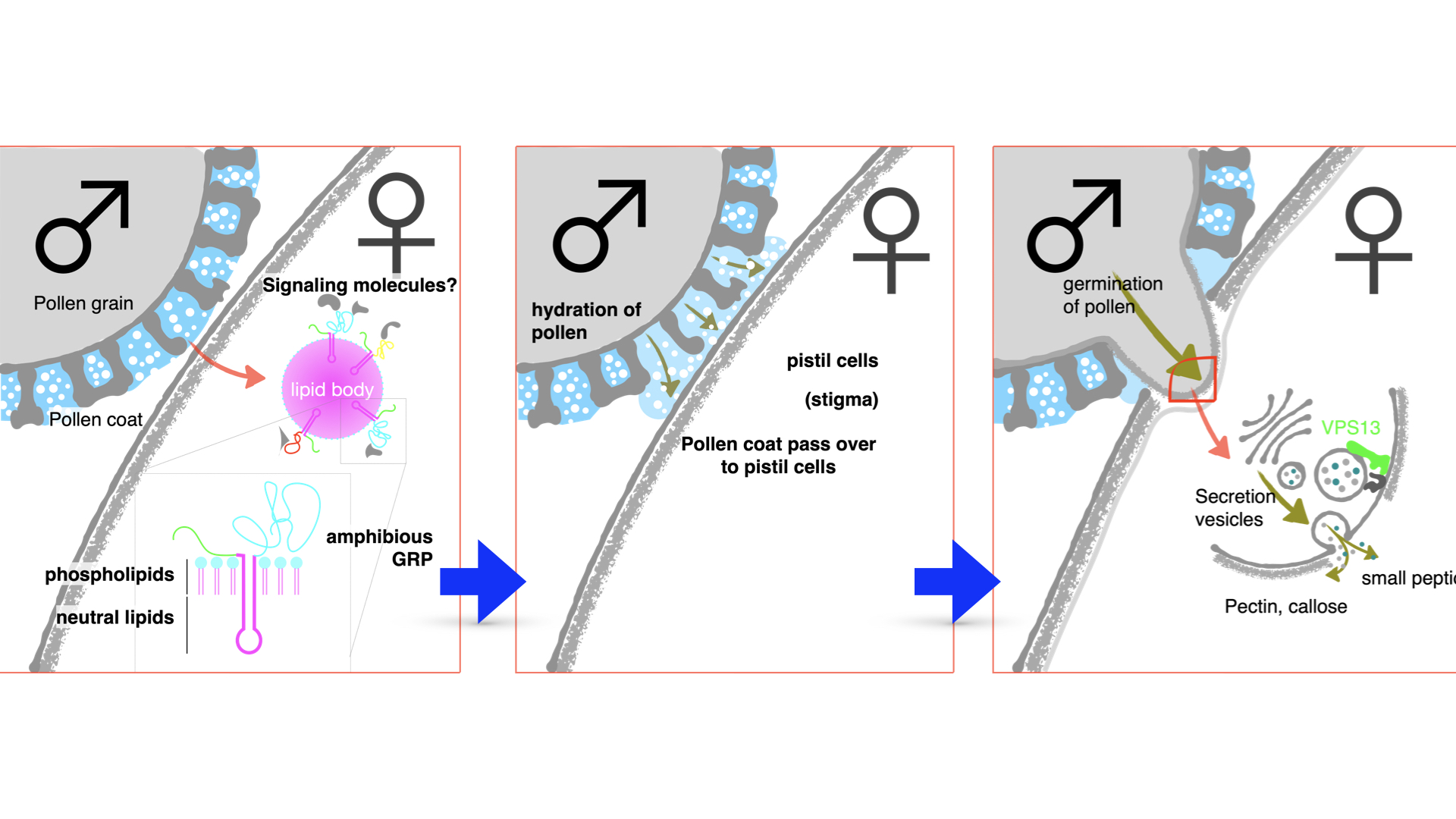Research on the basic mechanism of plant reproduction

For some people, hearing the word "pollen" may evoke unpleasant memories such as allergies. However, pollen is a cell that contains various hidden features of plants, and the interaction between pollen and pistil cells is a unique biological phenomenon. For example, pollen is produced in the stamens, but it does not know when they can reach the pistils and fertilize. In some cases, they are carried over very long distances by pollinators. Therefore, pollen must possess the ability to withstand various stresses such as ultraviolet rays and dryness, and it should remain in a kind of dormant state. On the other hand, the pollen that has attached to the pistil extends a pollen tube toward the ovule (the organ that contains the egg cell) and competes in a harsh race for fertilization. Only those that quickly elongate their pollen tubes can leave offspring. In other words, pollen must have the contradictory properties of dormancy and explosive growth.
After pollen attaches to the pistil, it transfers the protein and lipid mixture on the surface called the pollen coat to the pistil. This pollen coat contains a protein called Glycine Rich Protein (GRP), and it is said that there are other signal substances that are transferred to the pistil, but many of them have not yet been discovered.
